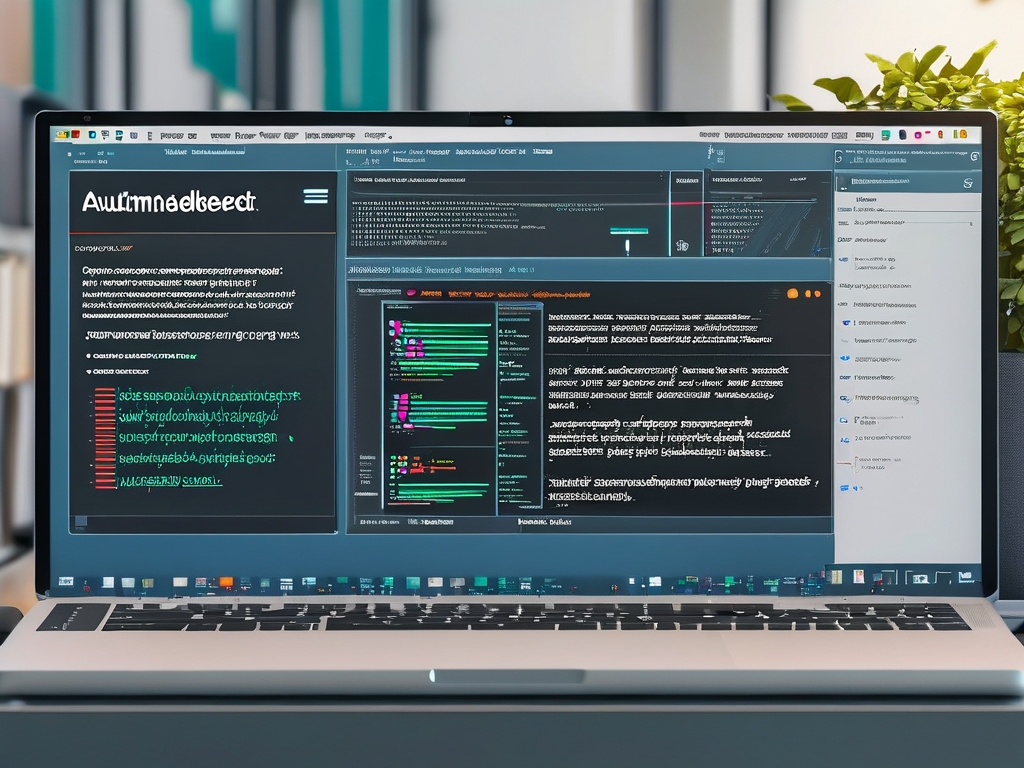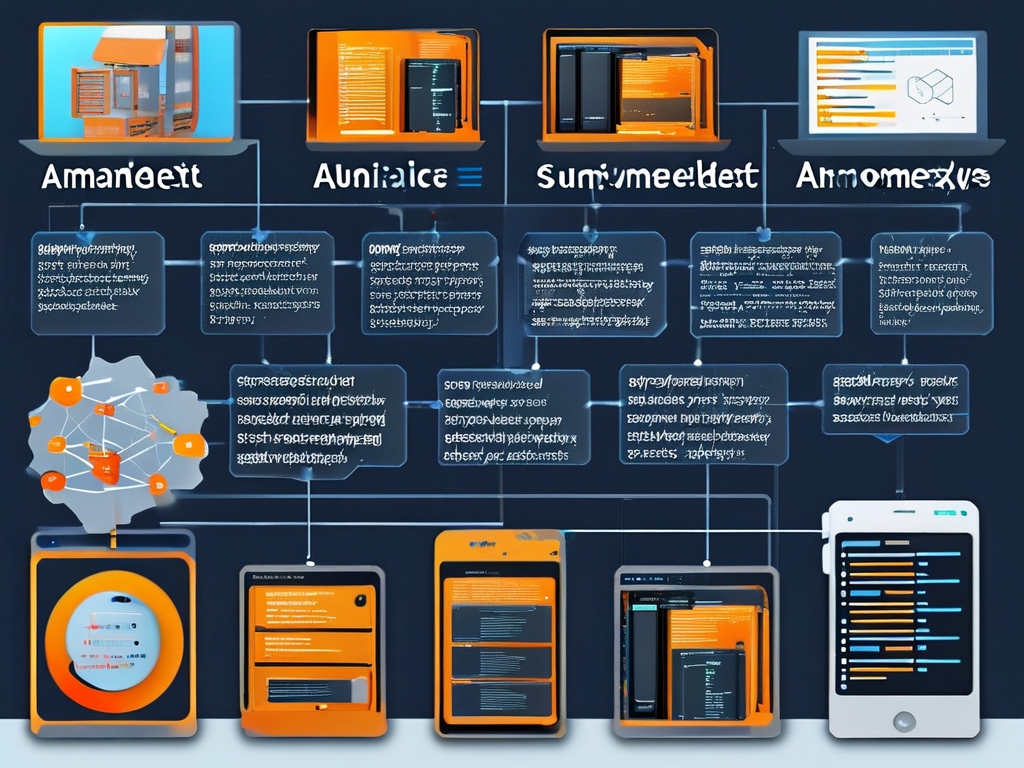In modern software development, automated deployment has become a cornerstone of efficient workflow management. But what exactly does "automated deployment" mean? At its core, it refers to the process of using specialized tools and scripts to automatically transfer software applications from development environments to production systems, minimizing manual intervention. This approach not only accelerates release cycles but also reduces human error, making it indispensable for teams practicing agile methodologies or DevOps principles.
The Evolution of Deployment Practices
Traditional deployment methods relied heavily on manual execution. Developers would write code, test it locally, and then hand it off to operations teams for installation on servers. This manual handoff often led to inconsistencies between environments—a problem humorously referred to as "works on my machine" syndrome. Configuration mismatches, missed dependencies, and human oversight frequently caused delays and outages.
Automated deployment emerged as a solution to these challenges. By codifying deployment steps into executable scripts, teams could ensure identical processes across all environments. Tools like Jenkins, GitLab CI/CD, and Ansible became enablers of this shift, allowing developers to define deployment pipelines as code.
Key Components of Automated Deployment
A robust automated deployment system typically includes three pillars:
-
Version Control Integration: Connecting to repositories like Git ensures that only tested and approved code enters the deployment pipeline. For example:
Bashgit push origin mainThis simple command can trigger a chain of automated tests and deployment workflows.
-
Environment Parity: Maintaining identical configurations across development, staging, and production environments through infrastructure-as-code tools like Terraform or Docker.
-
Rollback Mechanisms: Automated systems must include safeguards to revert deployments if errors are detected post-release.
Business Impact and Technical Advantages
Organizations adopting automated deployment report measurable improvements. A 2023 survey by DevOps Research found teams using automation experienced 60% fewer deployment failures and recovered from incidents 3x faster. The financial implications are significant—reducing downtime by even 1% can save enterprises millions annually.
From a technical perspective, automation enables:
- Consistent execution of complex deployment sequences
- Real-time monitoring of deployment status
- Parallel processing for multi-environment updates
- Audit trails for compliance requirements
Real-World Implementation Patterns
Consider an e-commerce platform preparing for a holiday sale. Using automated deployment, the engineering team can:
- Push code updates to handle traffic spikes
- Automatically scale cloud infrastructure
- Deploy A/B testing configurations
- Roll out emergency patches without interrupting live transactions
This contrasts sharply with manual approaches, where such coordinated actions might require days of preparation and carry higher risks.

Addressing Common Challenges
While powerful, automated deployment requires thoughtful implementation. Teams often struggle with:

- Tool Overload: With 40+ DevOps tools available, selecting the right stack demands careful evaluation
- Security Integration: Automated processes must embed security checks without creating bottlenecks
- Cultural Resistance: Operations teams may perceive automation as threatening job roles
Successful organizations overcome these hurdles through phased rollouts, cross-team training, and emphasizing automation as an enhancer—not replacement—of human expertise.
Future Trends and Innovations
Emerging technologies are pushing automated deployment further. Kubernetes-based GitOps models now enable declarative infrastructure management, while AI-powered systems can predict deployment risks by analyzing historical data. The rise of serverless architectures also introduces new paradigms for event-driven deployment workflows.
Automated deployment represents more than just technical optimization—it fundamentally changes how organizations deliver value. By eliminating manual bottlenecks, teams can focus on innovation rather than repetitive tasks. As one tech lead at a Fortune 500 company remarked, "Automation didn't replace our team; it amplified our capabilities." For businesses navigating digital transformation, mastering this practice is no longer optional but essential for maintaining competitive agility.









